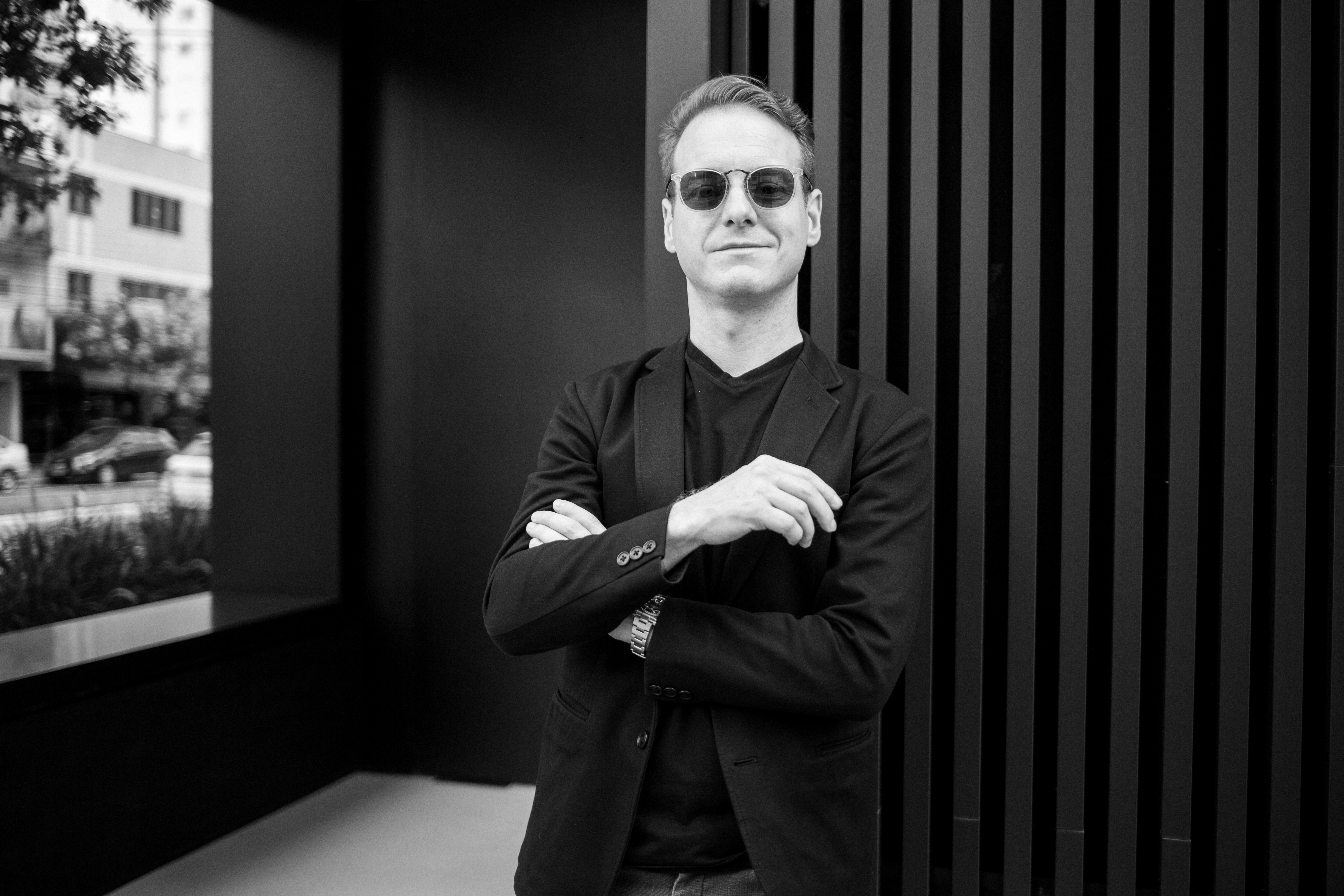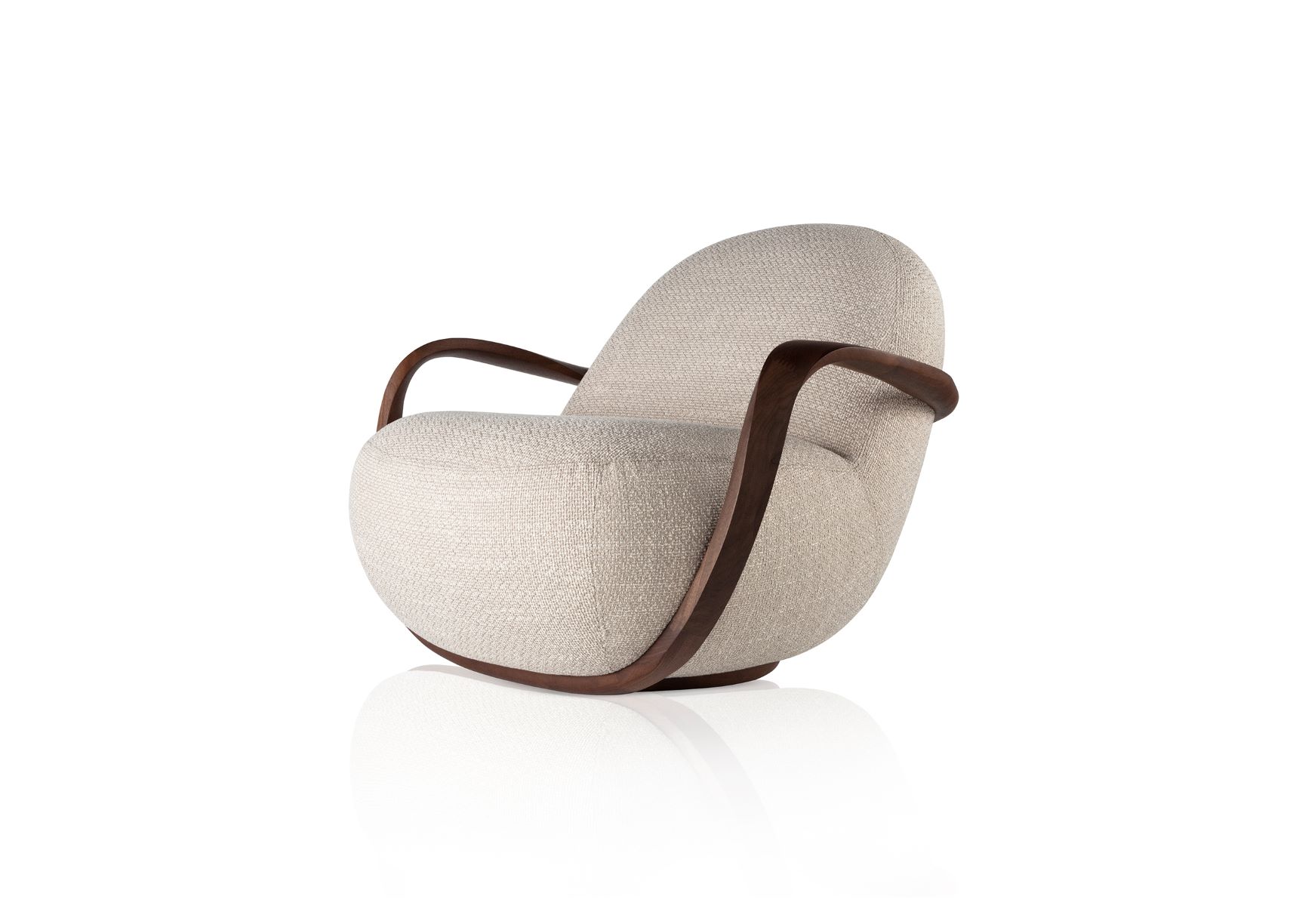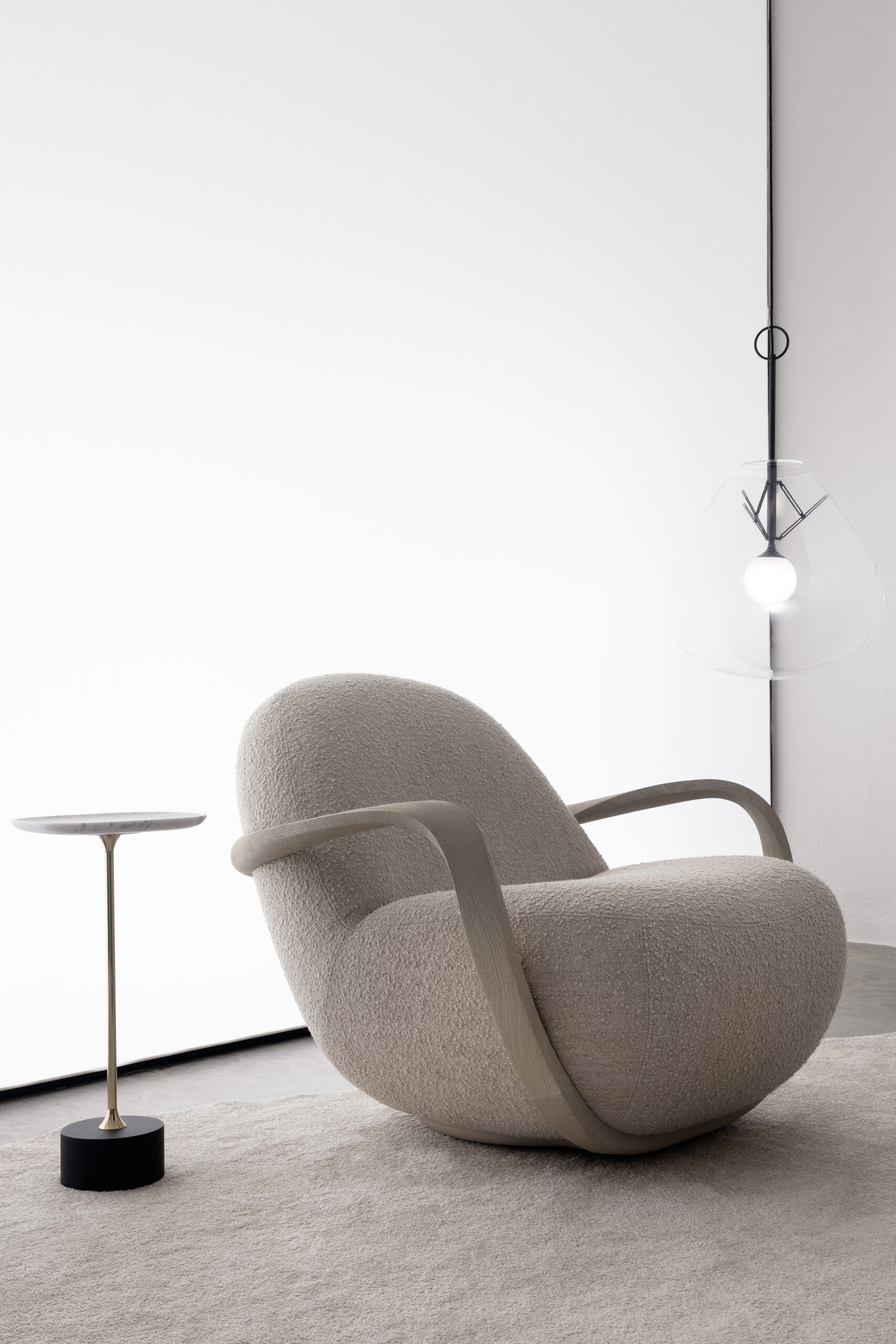
A graduate in architecture, with award-winning pieces in major national and international design competitions, Jader Almeida has gained increasing prominence and continues to improve his work with his participation in exhibitions, technical visits, and courses in several countries. Winner of the “Furniture Design of the Year”, we sat down with Jader Almeida to hear more about his passion for design and creative process when working on “MAY”.
Could you tell us a little about your professional journey?
Since I was 15 years old, I have been ‘in’ the industrial “process.“ As is necessary, it started with some technical courses – electricity, operation of mechanical machines, etc. – all of which shaped my perception of how things are done and how everything works within the production chain.
Obviously, over time I understood and became involved with the “world” of research, projects, and prototypes, and at the time of choosing an undergraduate degree, I opted for architecture, since an architect can work on projects of different scales, and all of this fascinated me.
I think time means experience and maturity, and these ingredients were and are determinants for my choices: a thoughtful balance between past things, this moment, and future prospects.
How did you discover your passion for design and furniture design in particular?
Design has always been my perspective; more precisely, since I was a child, I have always had an interest in areas associated with creation or forms of expression through drawings, schemes, and correlates.
Naturally, things converged into this. As mentioned in the previous answer, my journey has always been somehow linked to areas that can be described as associated with design (as a discipline), industrialization, and production processes, so it all made sense.
For me, architecture, design, and art are like pillars of world perception; the design is the solution to everyday “problems,” whether concrete or abstract, and all of this fascinates me.
 What was your creative and design process when working on “MAY”?
What was your creative and design process when working on “MAY”?
MAY can be seen as an antithesis of its own description; that is, observing the structure that composes the arms and the base, you can see pronounced minimalism. The thickness, twist, and segment are precise, rational, and delicate. The body, seat, and backrest are all a good size, have beads, and feel soft and inviting.
Therefore, with these descriptions, we can have a retrospective of the style adopted for this piece. The search for a balance between materials, use, and proportions is inspired by biomorphic aspects. From there, an expressive exercise in drawings and mockups to get the perfect curve, fit, stability, and proportion.
What’s in the pipeline for you?
My work is very prolix, something almost circumstantial to the environment I am in (Brazil). My activities range from industrial advice to product design, architecture, and retail. Something quite complex to describe in a nutshell. However, it is all possible thanks to a cohesive team committed to excellence at all levels. And all that puts a lot of things in the pipeline, from a new collection of objects, and architectural projects in new stores and homes to retail-focused technology projects.
What is your secret to creativity?
Yes, it comes from all these everyday impacts, as something that feeds back into the same system.
You have received hundreds of awards, distinctions, and recognitions in the last 15 years… What can we wish for the future?
I hope that curiosity and the will to always improve will continue to be my guides.
Lastly, what would be your best advice for young designers?
I have always found it very difficult to give advice, since things are not the same in different realities, especially today, with the fast changes. But at the right moment, I say that rendering does not mean product. A successful design must be aligned with the entire chain, from resources to daily use.

Photo credit: SOLLOS.